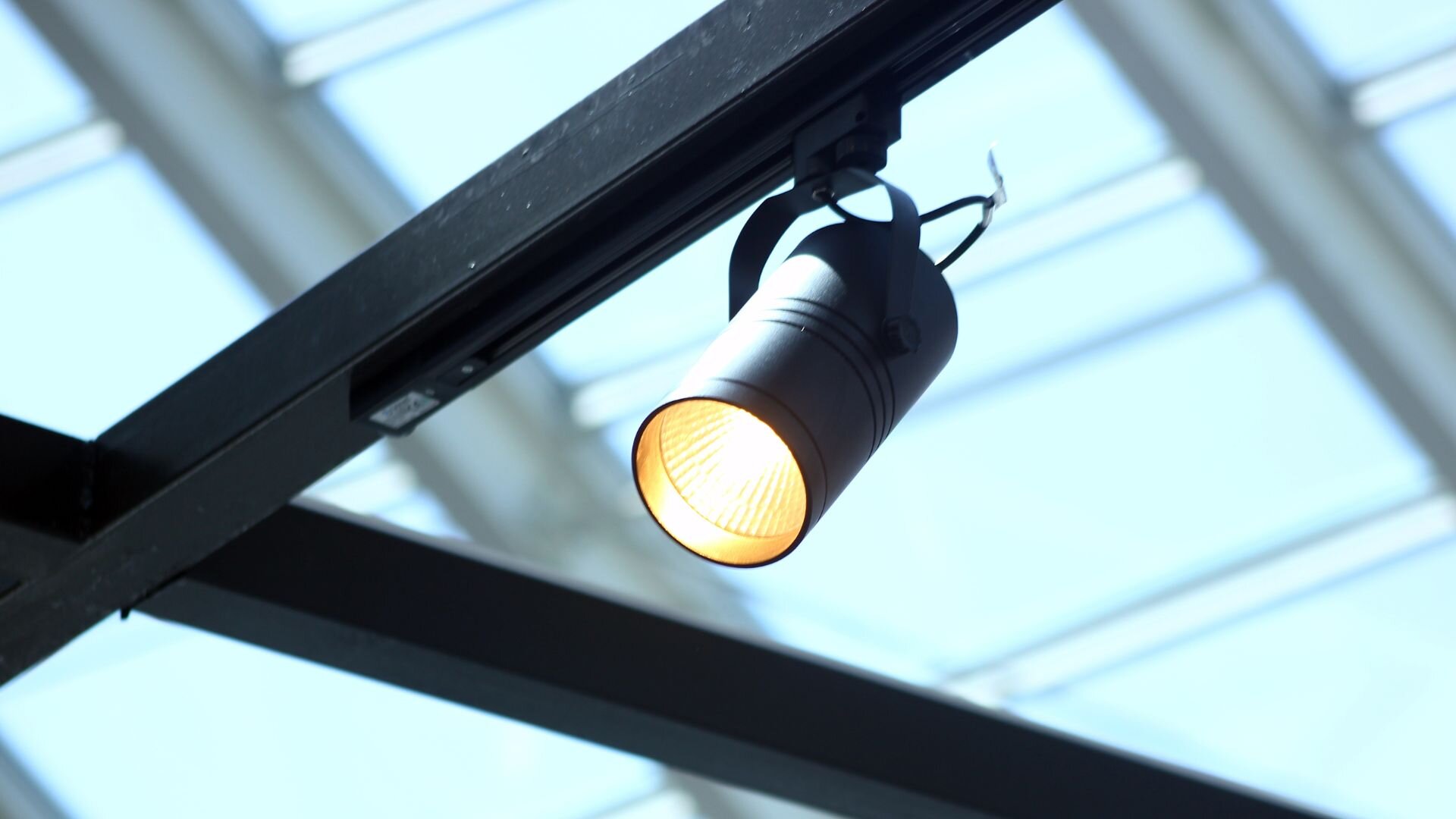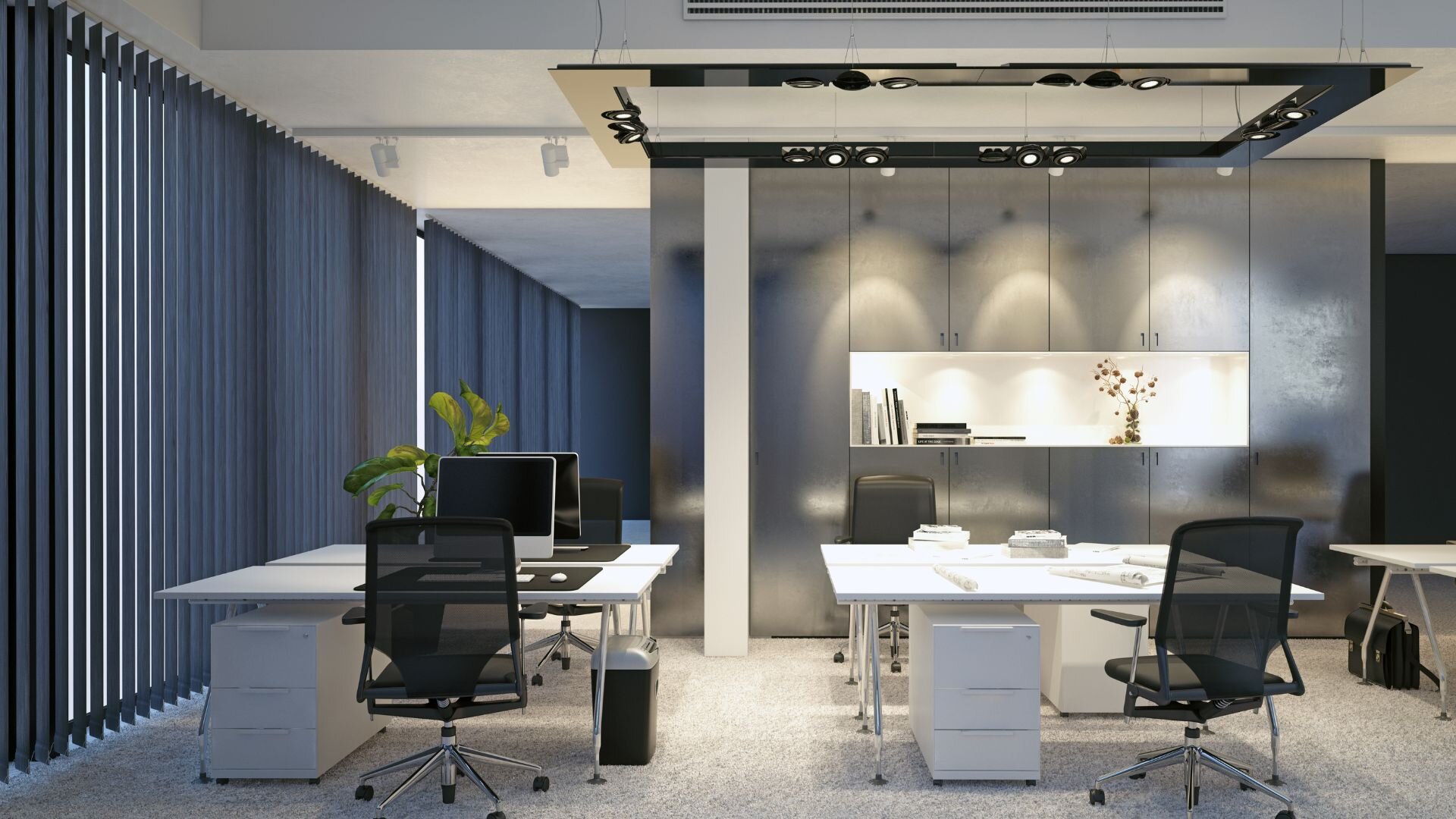Ever noticed how morale or productivity drops in the office on dreary days? It’s not your imagination. Research highlights a strong connection between lighting and how well employees perform. According to a Harvard Business Review article, switching to natural light can cut down eyestrain by 51%, headaches by 63%, and drowsiness by 56% for office workers. Though often overlooked, good lighting design is vital for ensuring employee well-being, focus, and safety.
Imagine an office bathed in harsh fluorescent glare, straining eyes and hindering concentration. This is the reality for many workplaces with poor lighting. Conversely, a well-lit space with natural light and strategic task lighting fosters a positive and productive atmosphere. Employees feel more alert and engaged and experience less fatigue.
This article dives into how lighting affects people. Learn more about what are led downlights. We’ll take a look at various light sources in offices, from natural sunlight to energy-saving LEDs. We’ll chat about the downsides of poor lighting and the perks of a well-thought-out design. Plus, we’ll offer practical tips to enhance your office lighting, setting the stage for a vibrant and productive workspace.
Why is Workplace Lighting Important?
Office lighting is often an afterthought, yet, as mentioned, it plays a surprising role in team members’ well-being, productivity, and even safety. Picture an office bathed in harsh artificial lighting, devoid of natural light. This environment can lead to eye strain, headaches, and fatigue, impacting employees’ physical comfort and focus.
Studies have shown a direct link between poor lighting and decreased productivity – a Cornell University study found that offices with increased natural light exposure reduced errors by 84%. Conversely, good office lighting, incorporating natural light where possible and supplementing it with strategic task lighting, fosters a more positive and stimulating atmosphere. Employees experience less fatigue, improved alertness, and a heightened sense of well-being, leading to better engagement and higher productivity.
Poor lighting can hit the budget hard. Dim or flickering lights often lead to more absenteeism and a greater chance of mistakes. Workplaces with inadequate lighting can also see a rise in accidents.
In contrast, optimised lighting can lead to cost savings through improved employee health and morale, ultimately contributing to your business’s overall success. Investing in good lighting solutions, like energy-efficient LED lights, can further enhance your bottom line by saving on energy costs.
The Science of Light and its Impact on People
Light does more than just illuminate; it has a profound impact on our physical and mental health. Grasping the basic principles of light can help craft an effective lighting plan for your workspace.

Colour Temperature: Balancing Warmth and Coolness
One crucial aspect is colour temperature, which refers to the "warmth" or " coolness" of light. Warm light, often emitted by traditional incandescent bulbs, creates a relaxing atmosphere. Cooler light, found in many fluorescent lights and LED options, has a more energising effect. The right office lighting utilises a balance of both, with cooler tones for focus-intensive tasks and warmer tones for meeting areas or break rooms.
Light Levels: Finding the Right Balance
Light levels, which are measured in lux, play a crucial role too. Not enough light strains the eyes, often resulting in headaches and fatigue. On the flip side, overly bright lights can cause discomfort and annoying glare.
The right lighting levels vary depending on the activity. For instance, tasks requiring high levels of detail, like design work, benefit from brighter light, often achieved through a combination of overhead and task lighting (like a desk lamp) with adjustable light sources.
Light’s Influence on Our Internal Clock
Beyond physical comfort, light significantly impacts our internal clock, known as the circadian rhythm. Exposure to natural light during the day helps regulate sleep patterns and promotes alertness. Office environments with good-quality lighting, incorporating ample natural light whenever possible, can significantly improve team member well-being.
On the flip side, working in spaces with just artificial lighting, particularly dim lights or those lacking colour variation, can throw off circadian rhythms. This often results in fatigue and reduced productivity.
Modern Lighting Solutions for Optimal Environments
Modern lighting systems offer innovative solutions to create the right lighting environment. Skylights and strategically placed solar tubes can maximise natural light penetration. Indirect lighting bounces light off walls and ceilings, reduces glare and creates a more diffused, comfortable light distribution.
Energy-efficient LED lights provide a wide range of colour temperatures. They can be dimmed to adjust lighting levels throughout the day, mimicking the natural light cycle and supporting healthy circadian rhythms for your office workers.
Common Lighting Issues in the Workplace
Walk into an office with poor lighting, and you’ll likely find more than just dimmed bulbs. Inadequate overall lighting is a frequent culprit, leaving office spaces bathed in a perpetual twilight. This can strain employees’ eyes, forcing them to squint to see their work under the weak artificial light.
The result? Headaches, fatigue, and a struggle to focus, all of which can significantly impact productivity.

The Gloom of Inadequate Lighting
Another common problem is excessive glare. This can come from harsh direct lighting fixtures, bright sunlight reflecting off computer screens, or even shiny surfaces on desks and walls. Glare creates discomfort and makes it difficult to see clearly, leading to eye strain, headaches, and increased error rates.
The Flickering Nuisance
Flickering lights are more than just a nuisance; they can break concentration and lead to eye strain. This issue often stems from faulty fluorescent lights or loose connections in fixtures.
Shadows and Strain: Poor Task Lighting
Finally, poorly placed task lighting can leave employees struggling to see their work properly. Envision a situation where a desk lamp with an inadequate light source casts a shadow over important documents, forcing the employee to contort their posture to see clearly under the right artificial lighting.
This awkward positioning can lead to neck and shoulder pain, which can add to overall discomfort and hinder productivity. An adjustable light source positioned strategically can quickly address this issue.
Solutions for a Brighter Work Environment
Proper lighting design and maintenance can easily address these common problems with artificial lighting, creating a more comfortable and productive work environment for your team. By implementing good lighting solutions, you can ensure the right light levels throughout the office environment, optimising both natural and artificial light for maximum benefit.
Designing an Optimal Lighting Plan for Your Workplace
Banish the blues (and the headaches) associated with poor office lighting! Creating a well-lit workspace goes beyond simply flipping a switch. A thoughtful lighting plan incorporates different layers of light to cater to various needs and activities. This layered approach typically involves three key elements: ambient, task, and accent lighting.

Layering Light for Optimal Function
Ambient Lighting
This forms the foundation, providing general illumination throughout the office space. Ideally, this layer should utilise natural light whenever possible. Large windows or skylights are excellent options for maximising daylight penetration. In some cases, strategically placed light shelves can be installed to bounce natural light deeper into the office.
For artificial ambient lighting, consider energy-efficient LED fixturesthat mimic natural daylight. Avoid relying solely on traditional fluorescent lighting, which can be harsh and contribute to eye strain.
Task Lighting
This layer focuses on illuminating specific work areas for tasks requiring higher light levels. Think desk lamps with adjustable arms for workstations or targeted spotlights for areas like design tables. You can reduce glare and eye strain by providing focused task lighting while ensuring employees have the illumination they need to perform their duties effectively.
Accent Lighting
This layer adds a touch of visual interest and helps define different areas within the office. For instance, strategically placed wall sconces can highlight artwork in reception areas, while recessed lights can create a more intimate atmosphere in meeting rooms. Accent lighting should be subtle and complement the overall design scheme.
Keeping the Light Shining Bright: Maintenance and Control
A well-designed lighting plan is just the first step. Regular maintenance is key to ensuring optimal performance and well-being benefits. Schedule periodic checks to replace burnt-out light bulbs and clean dust from light fixtures, including parabolic louvres, if present. Dirty fixtures can reduce light output and contribute to a dingy atmosphere.
Lighting control systems offer many benefits beyond saving energy. Dimmers enable people to adjust light levels based on the task at hand and time of day, reducing eye discomfort often associated with harsh overhead lighting.
Occupancy sensors automatically turn lights on when someone enters a room and off when it’s vacant, minimising unnecessary energy use, particularly in areas like storage rooms or restrooms. Research has shown that these control strategies can significantly reduce energy consumption while creating a more comfortable and adaptable work environment.
Light Up Your Business Today!
We hope our guide has helped you discover the importance of proper lighting for your workplace. Not only does it create an inviting atmosphere, it also has many health benefits for your employees.
Invest in a brighter future with Enersol Electrical’s general lighting solutions. Proper lighting boosts team member well-being, morale, and productivity – all factors impacting your bottom line. We create optimal environments using daylight, layered lighting, and energy-saving features. Contact us for a free consultation!